US Stocks: Wall Street set for subdued open after Fed-driven selloff
Wall Street’s main indexes were set for a muted open on Thursday as investors assessed the impact on U.S. economic growth from the Federal Reserve’s unwavering focus to rein in inflation through aggressive interest rate hikes.
The three main indexes finished more than 1.7% lower on Wednesday, with the Dow posting its lowest close since June 17. The Nasdaq and the S&P 500 ended at their lowest point since July 1 and June 30, respectively.
Investors fear the aggressive path could add to volatility in stocks and bonds in a year that has already seen bear markets in both asset classes and could potentially cause an economic downturn.
Goldman Sachs, Barclays and a bunch of investment banks have raised their estimates for U.S. policy rates following Fed’s hawkish message, with Societe Generale economists also projecting a mild recession in early 2024.
“There are a lot of risks at this level, but the Fed has decided that they’re going to go the Volcker way, which is to stay the course and try to nip it now,” said Eric Schiffer, chief executive of PE firm Patriarch Organization in California.
Also Read: Infosys share price hits 52-week low tracking fall in US IT stocks, tanks 28% YTD; should you buy, sell, hold?
Data on Thursday showed the number of Americans filing new claims for unemployment benefits increased moderately last week, suggesting the labor market remains tight.
“You’re not going to get unemployment to where it needs to be to get inflation in check unless (Fed) stays disciplined and there’s a period of pain in the short term for markets,” Schiffer added.
The benchmark S&P 500 is less than 4% away from its mid-June low, its weakest point of the year. Recent set of dismal outlooks from companies including FedEx Corp and Ford Motor Co have raised concerns about the health of corporate America.
“I definitely see the market testing the June lows … as indicated by the rise in the two-year yield, and the widening of the inversion of the two-year and 10-year yield curve,” said Sam Stovall, chief investment strategist at CFRA Research.
“The near-term catalyst (for the market) will be third-quarter earnings. If earnings don’t come in as bad as currently expected, that could be an initial support for the market.”
The closely watched yield curve inverted as much as minus 57.80 bps earlier in the day, the steepest inversion since June 2000, amplifying concerns about a recession in the next one to two years.
Rate-sensitive bank stocks edged higher in premarket trading, while heavyweights such as Tesla Inc, Microsoft Corp and Meta Platforms Inc were mixed.
At 8:36 a.m. ET, Dow e-minis were up 66 points, or 0.22%, S&P 500 e-minis were up 3 points, or 0.08%, and Nasdaq 100 e-minis were down 11 points, or 0.09%.Salesforce Inc rose 2.8% after the enterprise software company set its fiscal year 2026 revenue target at $50 billion.
Eli Lilly and Co gained 2.2% after the U.S. FDA approved the company’s drug Retevmo for treatment of advanced tumor and non-small-cell lung cancers.
Darden Restaurants Inc fell 3.8% after the Olive Garden parent reported downbeat first-quarter sales.

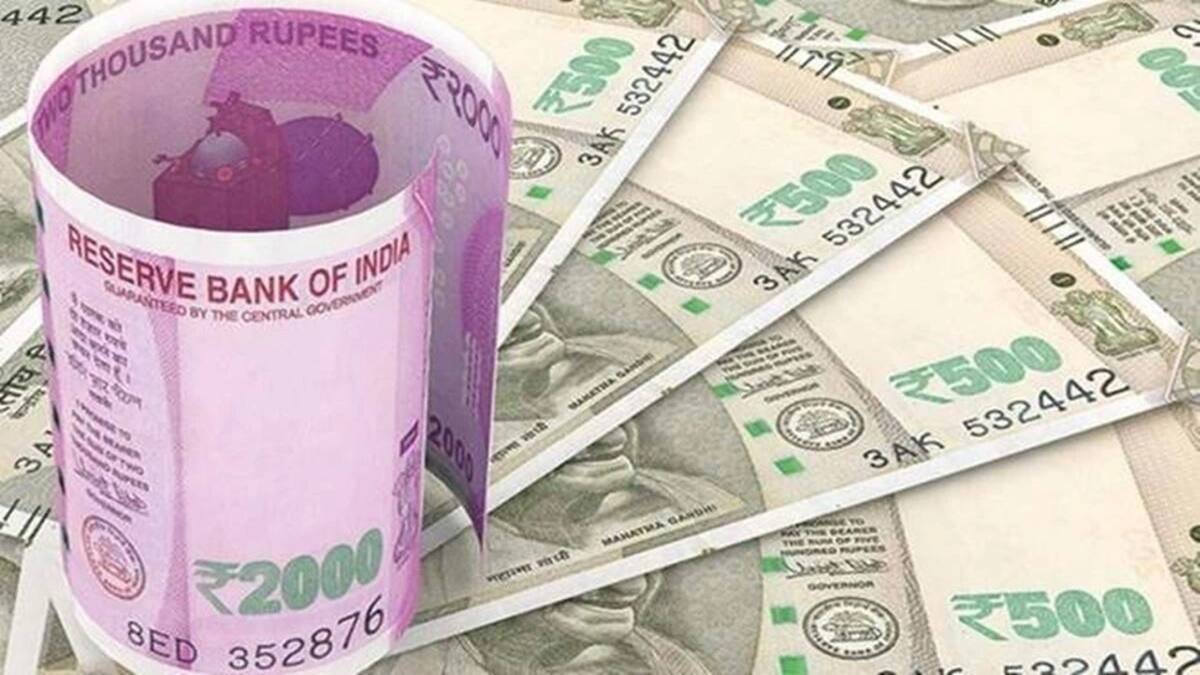


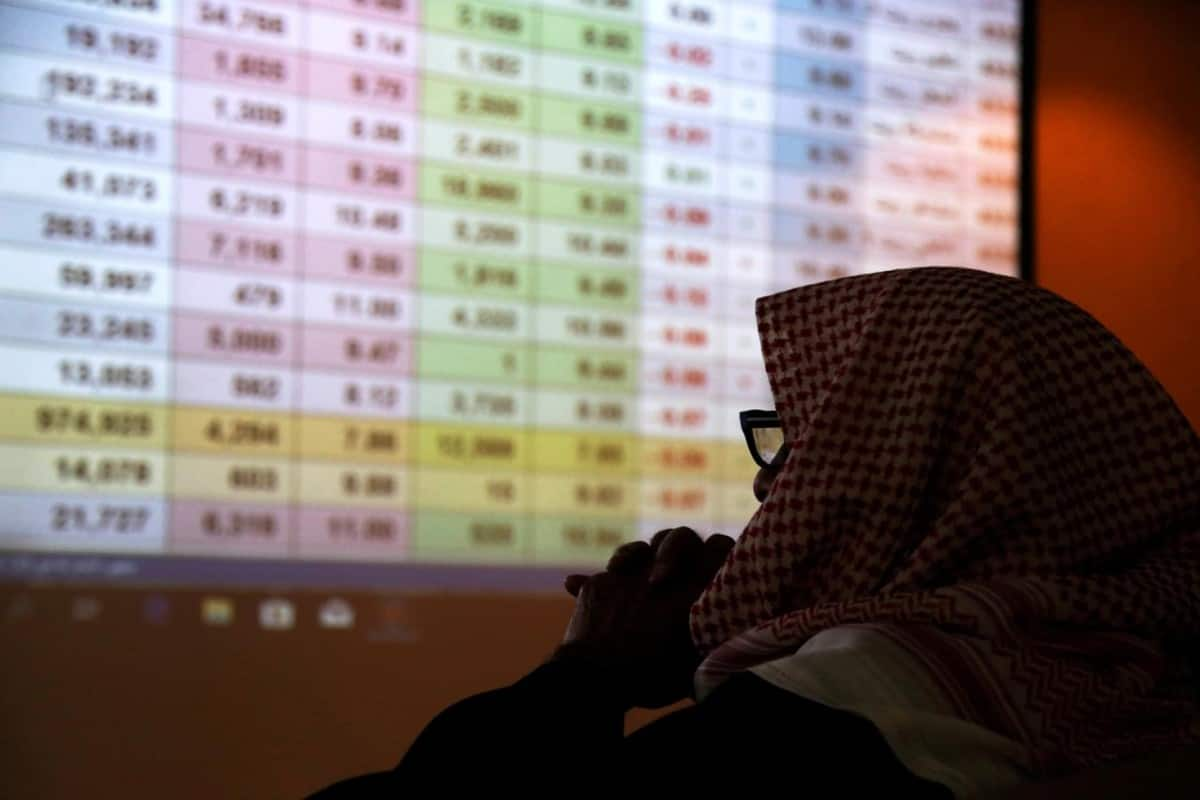

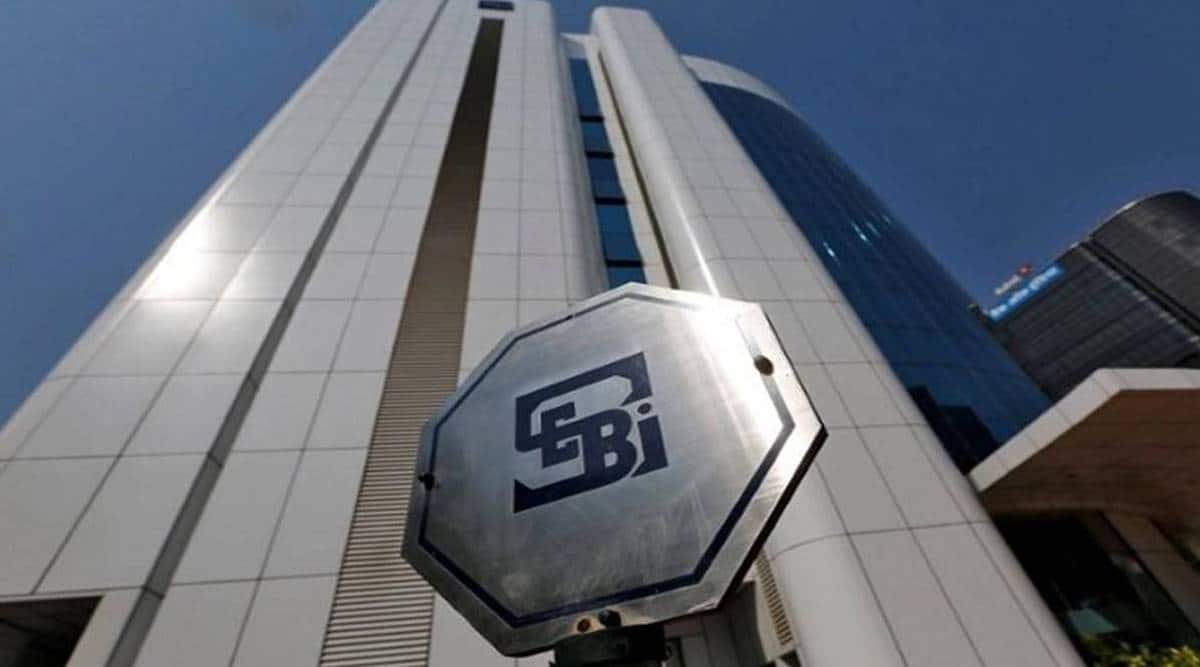

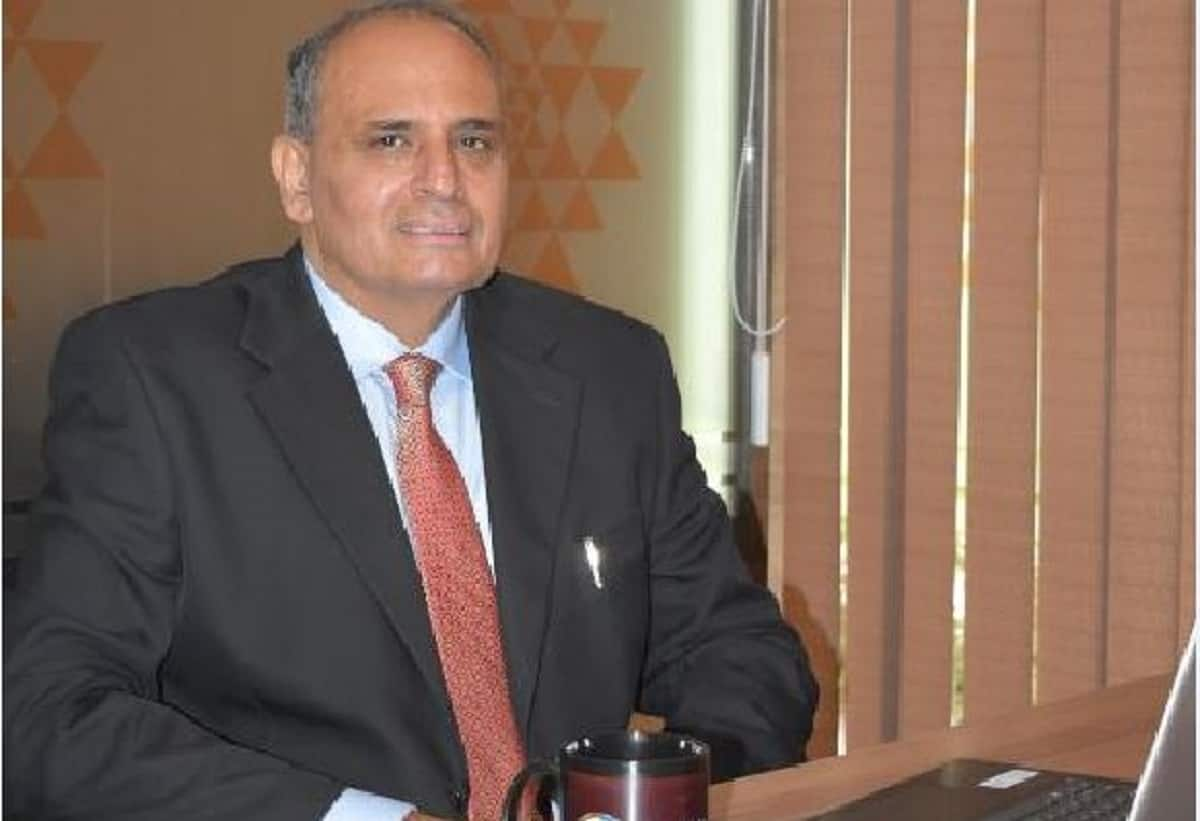
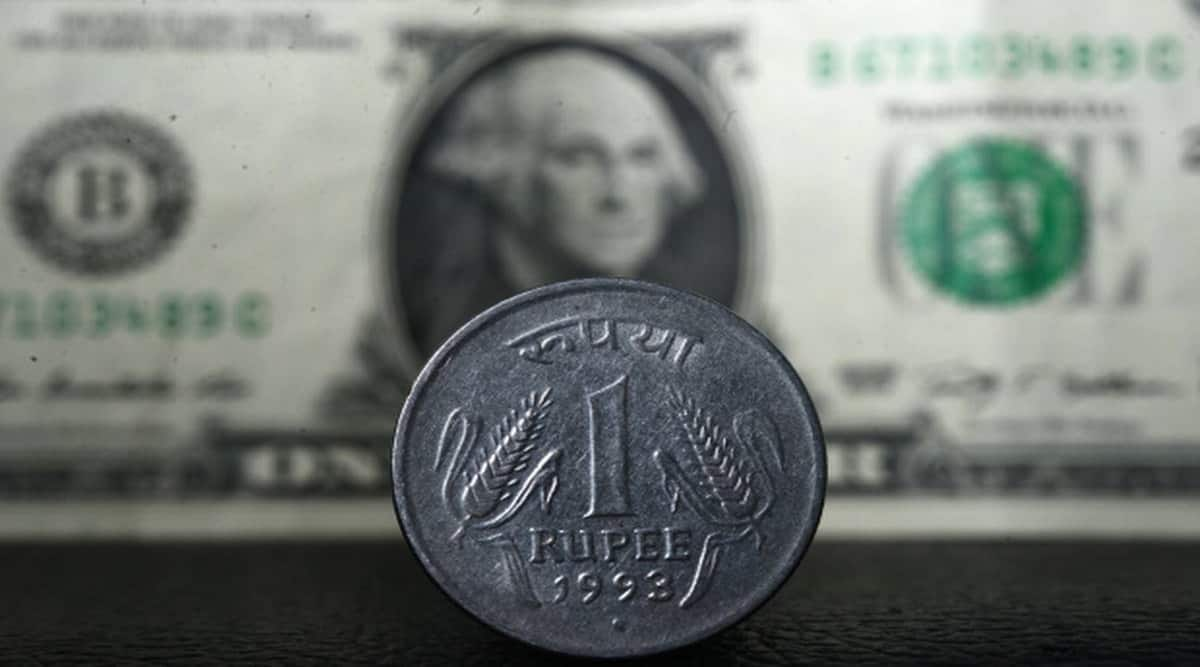

Recent Comments